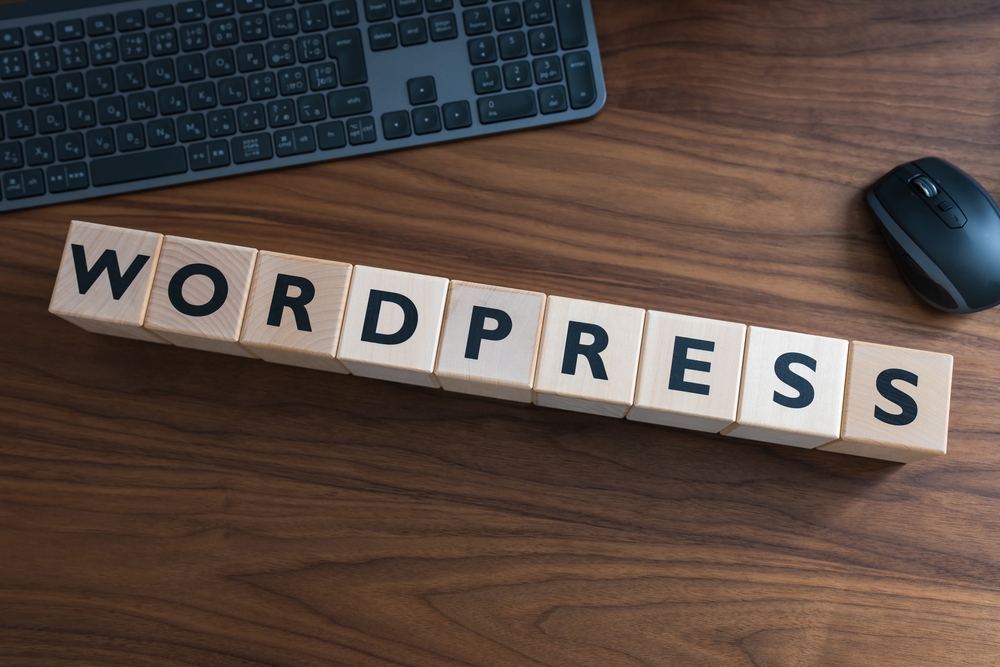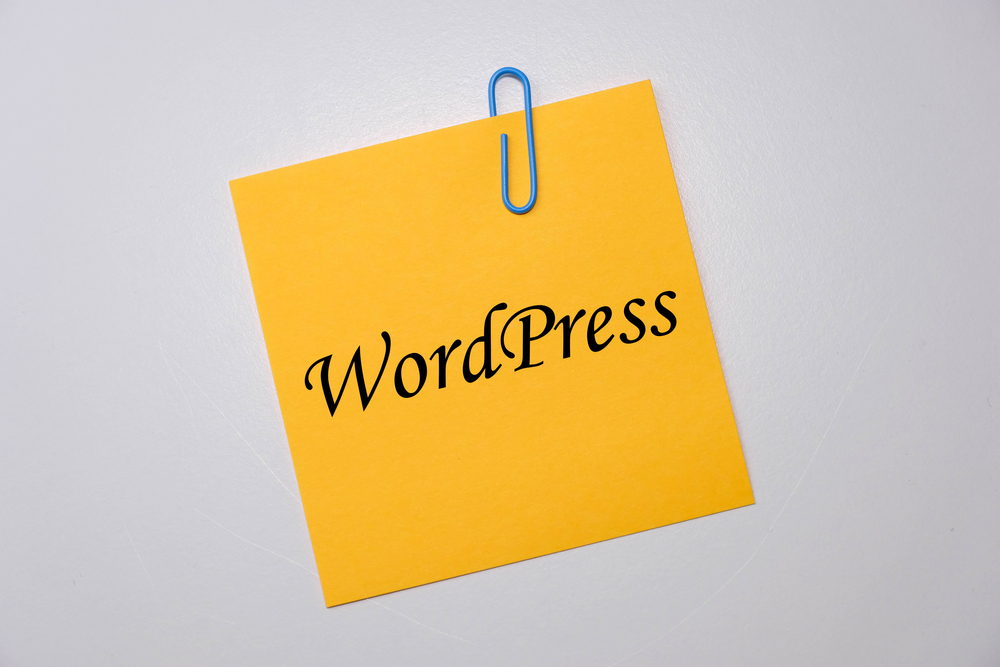
Mastering WordPress Website Customization: Expert Tips and Tricks for Effective Maintenance

When it comes to building and maintaining a successful website, WordPress has proven itself to be one of the most powerful and versatile platforms out there. With its user-friendly interface and extensive customization options, WordPress allows website owners to create stunning websites that cater to their unique needs. However, to truly make the most of this platform, it is essential to master WordPress website customization. In this article, we will provide you with expert tips and tricks that will help you effectively maintain and customize your WordPress (the blogging platform) website.
1. Understanding WordPress ThemesOne of the key elements of customizing a WordPress website is choosing the right theme. A theme determines the overall look and feel of your website, including its layout, color scheme, and typography. It is crucial to select a theme that aligns with your brand and purpose. There are thousands of free and premium themes available, so take the time to explore different options and find the one that suits your needs. Additionally, consider the responsiveness of a theme as mobile-friendly websites are becoming increasingly important for search engine rankings.
2. Customizing Your Theme
Once you have selected a theme, it's time to customize it to reflect your brand identity. WordPress provides a range of customization options, such as the ability to change colors, fonts, and background images. To make these changes, navigate to the "Customize" option in your WordPress (or WP) dashboard. From there, you can easily modify your website's appearance in real-time without any coding knowledge. Remember to save your changes and preview them on multiple devices to ensure a consistent and visually appealing user experience.
3. Harnessing the Power of Plugins
WordPress plugins are invaluable tools that allow you to enhance the functionality of your website with just a few clicks. Whether you need to add social media sharing buttons, improve SEO, or optimize your website's performance, there is likely a plugin available to meet your needs. However, it's important to exercise caution when installing plugins, as too many can negatively impact website speed and security. Before adding a new plugin, always research its ratings, reviews, and compatibility with your WordPress (the platform for bloggers) version. Regularly update plugins to benefit from bug fixes and new features.
4. Utilizing Widgets
Widgets are small content blocks that add various features and functionality to your WordPress website. They can be easily placed in designated widget areas, such as sidebars, footers, and headers, without any coding required. Widgets offer endless possibilities for customization, enabling you to display your latest articles, create contact forms, showcase advertisements, and much more. Explore the WordPress (WP) widget library and experiment with different options to make your website more dynamic and engaging.
5. Customizing Menus and Navigation
A well-organized and intuitive navigation system is essential for any website. With WordPress, you can easily create custom menus and customize their appearance to ensure smooth navigation. Navigate to the Appearance menu in your WordPress dashboard and select "Menus." From here, you can create new menus, define their structure, and add individual pages, custom links, and categories. Arrange your menus using drag-and-drop functionality, and don't forget to assign them to specific locations on your website, such as the primary or footer menu.
6. Optimizing for SEO
Search Engine Optimization (SEO) plays a crucial role in driving organic traffic to your WordPress website. To improve your website's visibility and rankings, consider implementing SEO best practices. Install an SEO plugin, such as Yoast SEO or All in One SEO Pack, to easily optimize your content, meta tags, and sitemaps. Focus on creating high-quality, relevant content that appeals to your target audience and incorporates relevant keywords. Optimize your images by compressing them and adding descriptive alt tags. Additionally, consider implementing a caching plugin to improve your website's loading speed, another important factor in SEO.
Frequently Asked Questions:
Q: Can I customize every aspect of my WordPress website?A: While WordPress offers extensive customization options, certain design elements and functionalities may be limited by your theme or plugins. However, by selecting the right combination of themes and plugins, you can achieve most customization goals.
Q: How do I update my WordPress website?
A: Updating your WordPress website is crucial to ensure optimal performance and security. To update WordPress itself, themes, and plugins, simply navigate to the Updates section in your WordPress dashboard and follow the prompts.
Q: What should I do if my WordPress website breaks after customization?
A: It is essential to always backup your website before making any significant changes. If your website breaks, you can quickly restore the backup and investigate the cause of the issue. Additionally, consider reaching out to WordPress forums or technical support for assistance.
Q: How can I improve the speed of my WordPress website?
A: Website speed is vital for user experience and search engine rankings. To improve speed, optimize your images, enable caching, remove unnecessary plugins, and utilize a fast web hosting service.
Q: Is it possible to customize WordPress without coding knowledge?
A: Absolutely! WordPress is renowned for its user-friendly interface, and many customization options can be performed without any coding knowledge. However, learning basic HTML and CSS can greatly expand your customization possibilities.
In conclusion, mastering WordPress website customization is crucial for effective maintenance and creating a unique online presence. By understanding themes, customizing appearance and functionality, optimizing for SEO, and utilizing widgets and menus, you can take full advantage of WordPress's power and flexibility. Remember to follow best practices, regularly update your website, and take advantage of the extensive online resources available to WordPress users. With dedication and creativity, you can design and maintain a powerful and visually appealing WordPress website that exceeds your expectations.
Other useful resources
- https://www.wordpress24plus.com/services/wordpress-developer/
- https://www.wordpress24plus.com/wordpress-tools-directory/
- https://www.wordpress24plus.com/services/wordpress-development/
- https://www.wordpress24plus.com